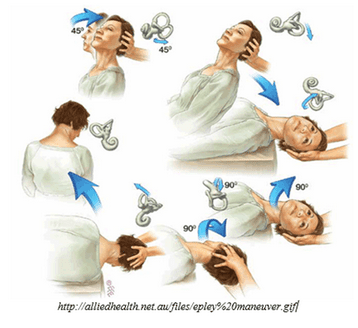BALANCE & VESTIBULAR REHABILITATION
How Physical Therapy can help:
Quality of life can decline rapidly with balance and vestibular impairments. Individuals may experience falls or become sedentary in attempts to avoid falls. This fear-avoidance can lead to a decline in strength and independence with daily mobility and self-care. A physical therapist that specializes in vestibular rehabilitation and balance disorders can assess for risk factors and provide interventions to restore safety and balance with daily life.
Components of Balance
Balance is reliant on 3 systems:
Vision
Proprioception (sensation through legs and trunk)
Vestibular (inner ear gives the brain information about body's location and movement through space)
Changes with any of these systems and/or poor coordination of systems can negatively impact balance and safety.
BPPV - Benign Paroxysmal Positional Vertigo
Calcium crystals (otoconia) can get displaced from one area of the inner ear to the semicircular canals. When this occurs, a sensation of spinning occurs with head movements or positional change. Canalith repositioning is a technique to remove otoconia from semicircular canals.
Dizziness
Lightheadedness or unsteadiness. No abnormal sense of rotational movement. Can be a result of changes in medications or changes in visual, cardiovascular, neurological, or metabolic systems.
Vertigo
Abnormal sense of room or self spinning during positional changes such as rolling over in bed, bending forward, or quick movements of the head . Symptoms may last only a few seconds or last hours and days, and may be accompanied by nausea or vomitting. Can be a result of vestibular dysfunction such as BPPV, hypofunction, or other disorders.




